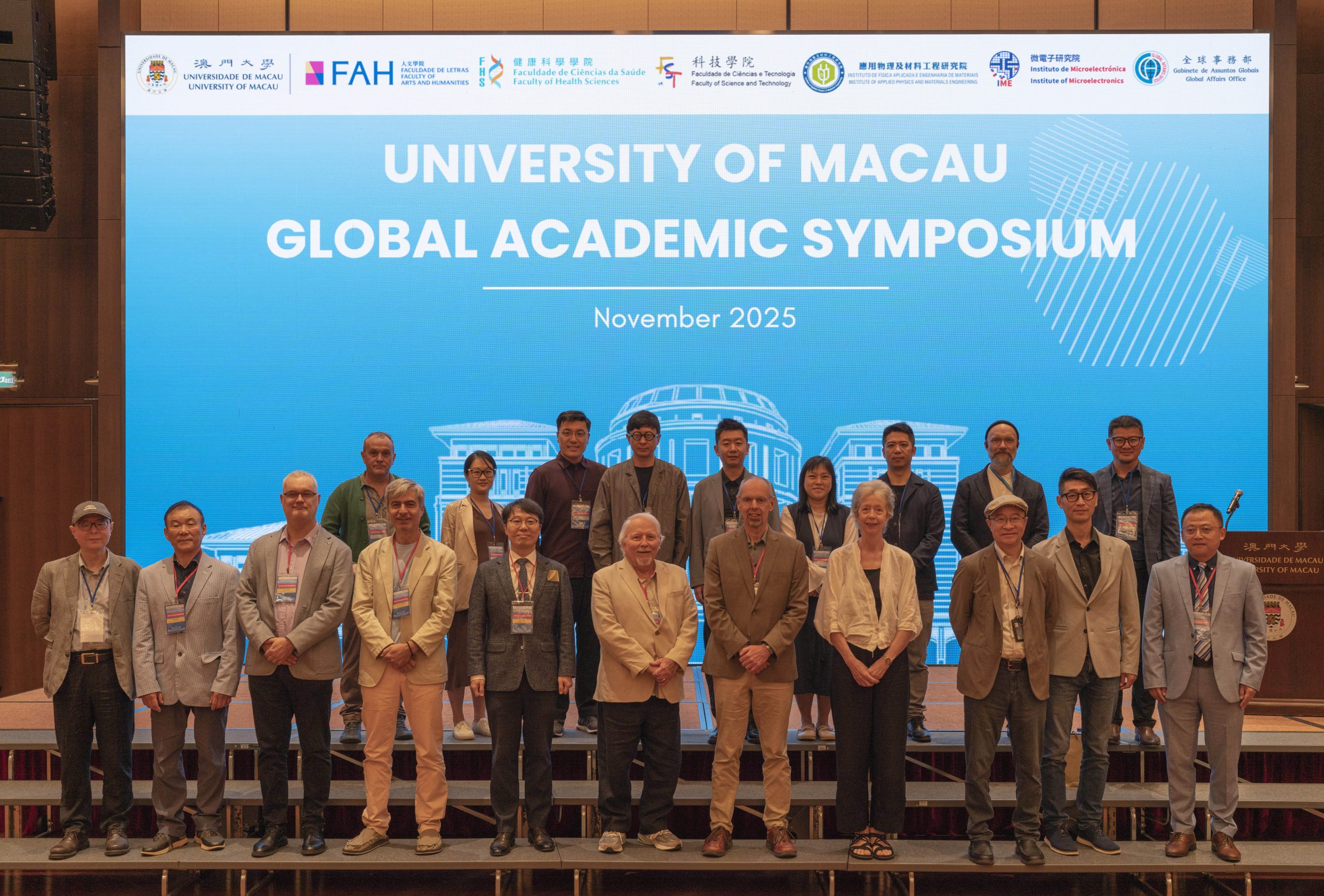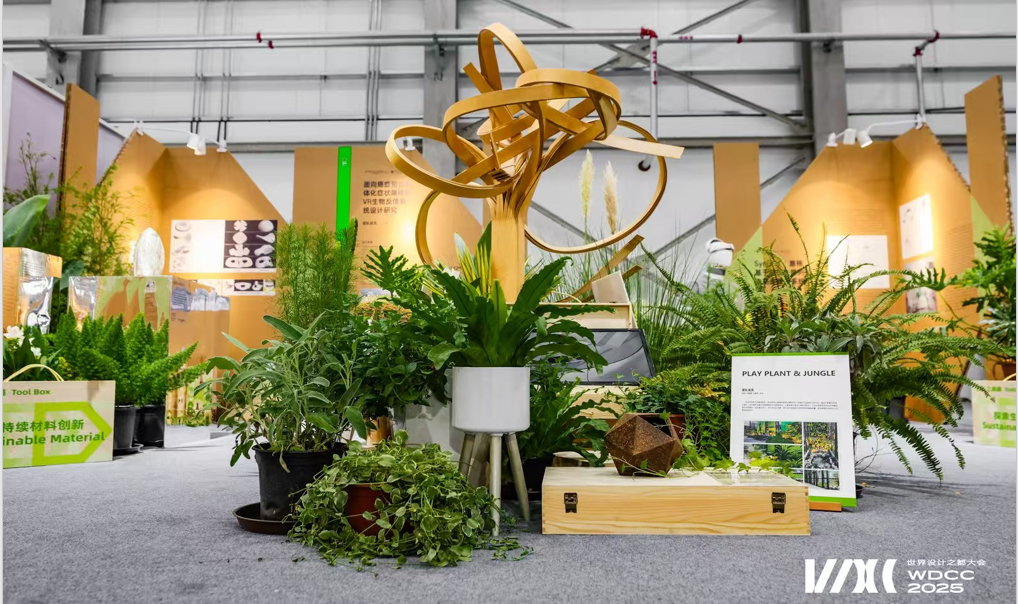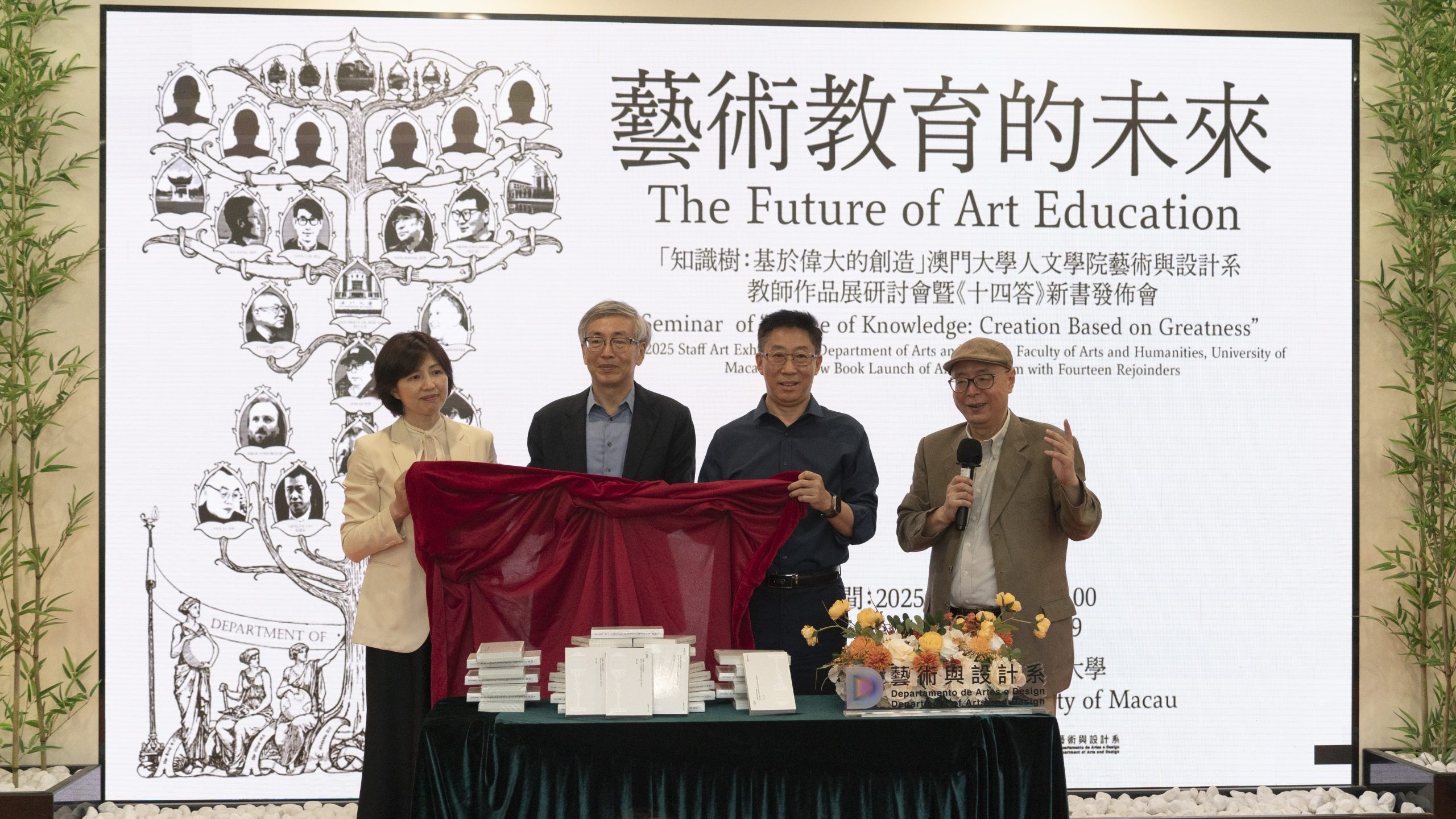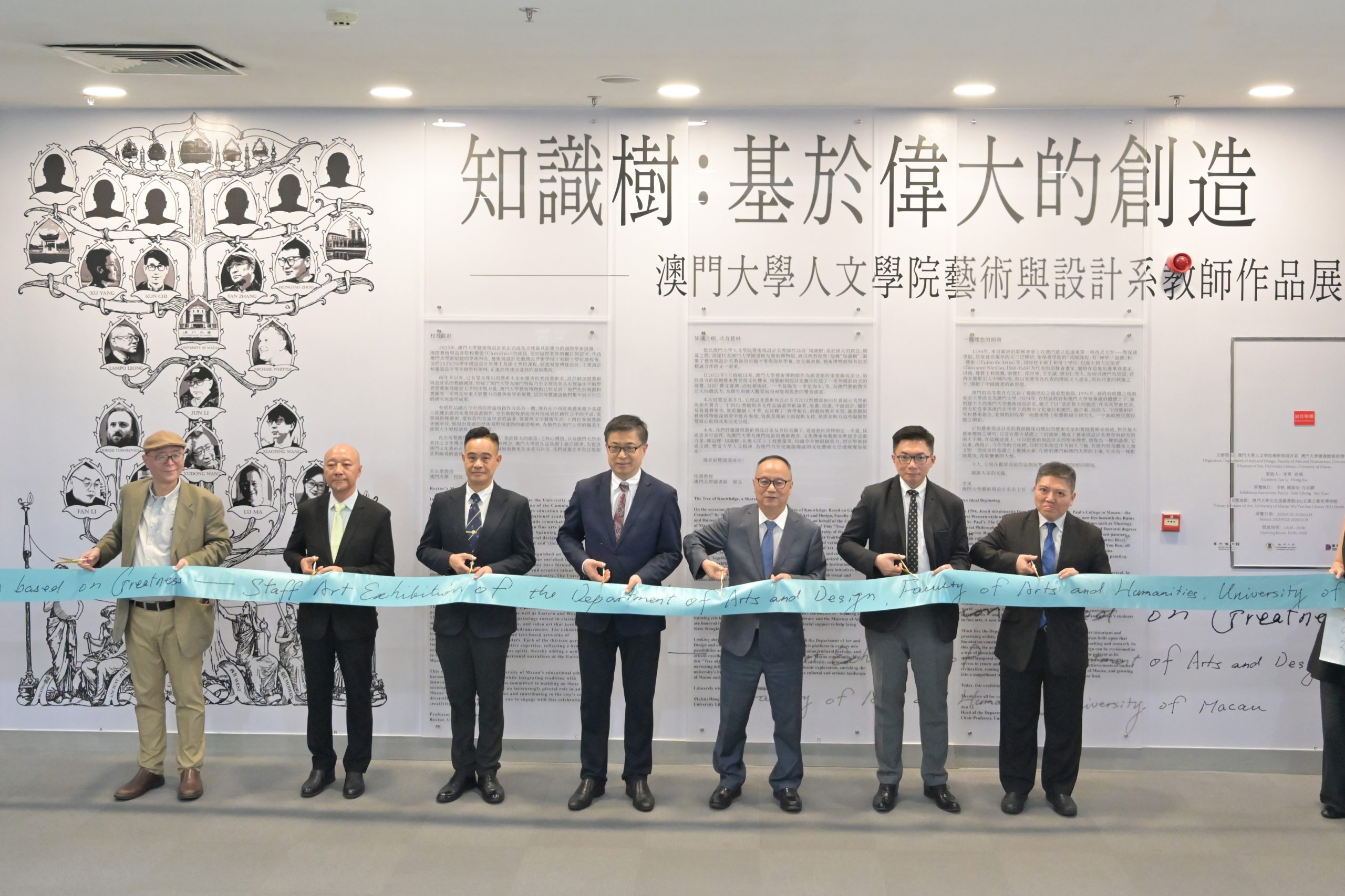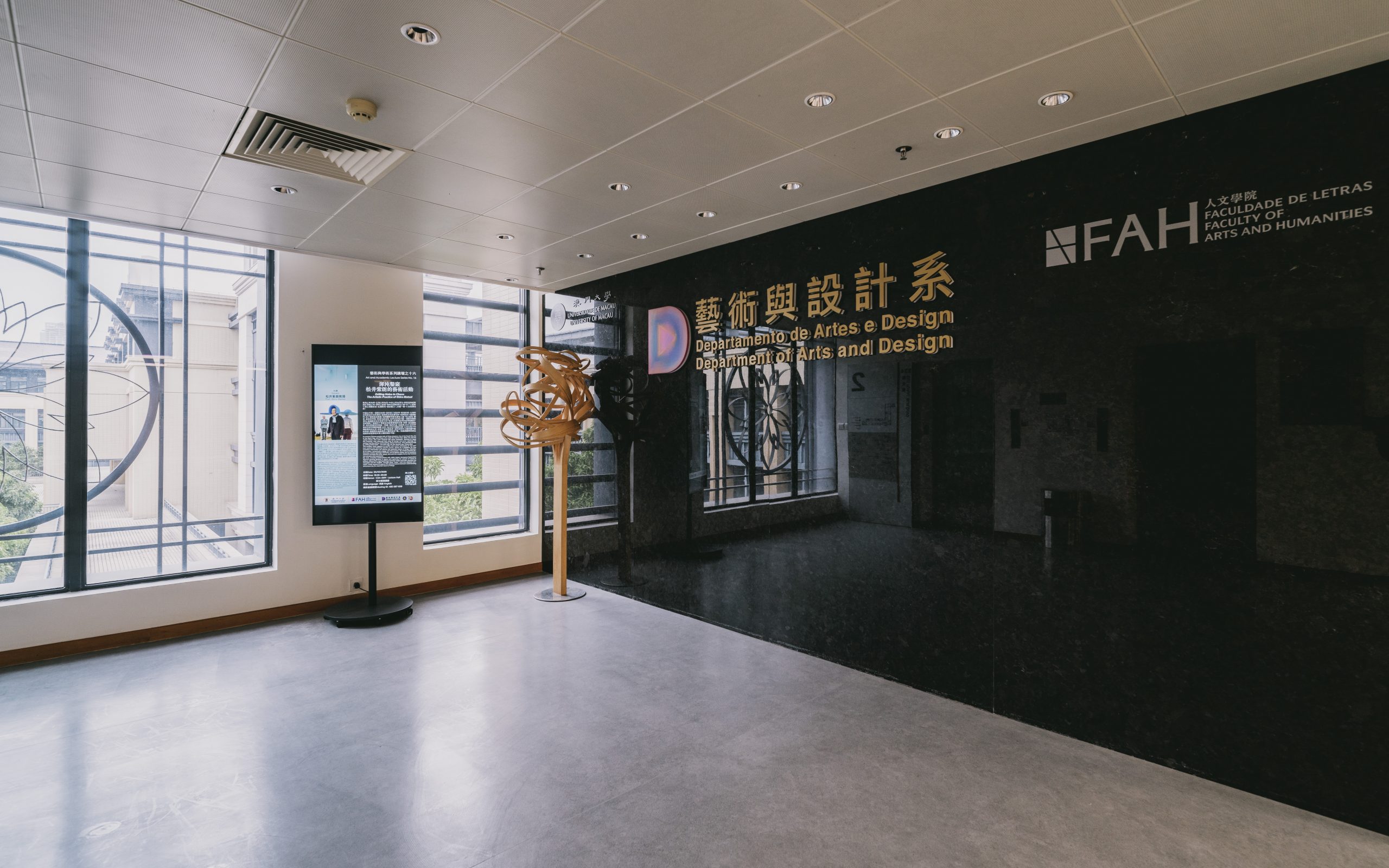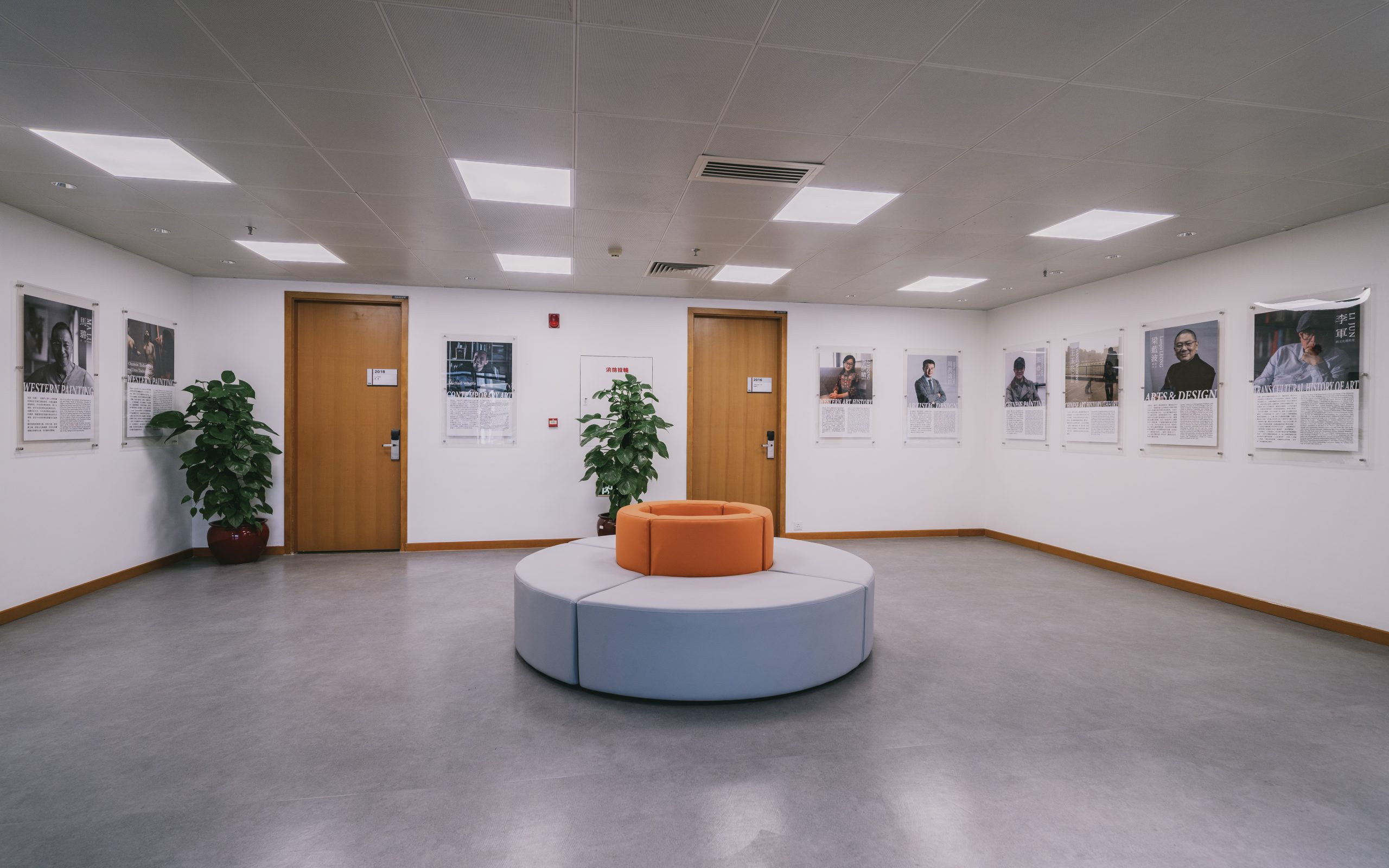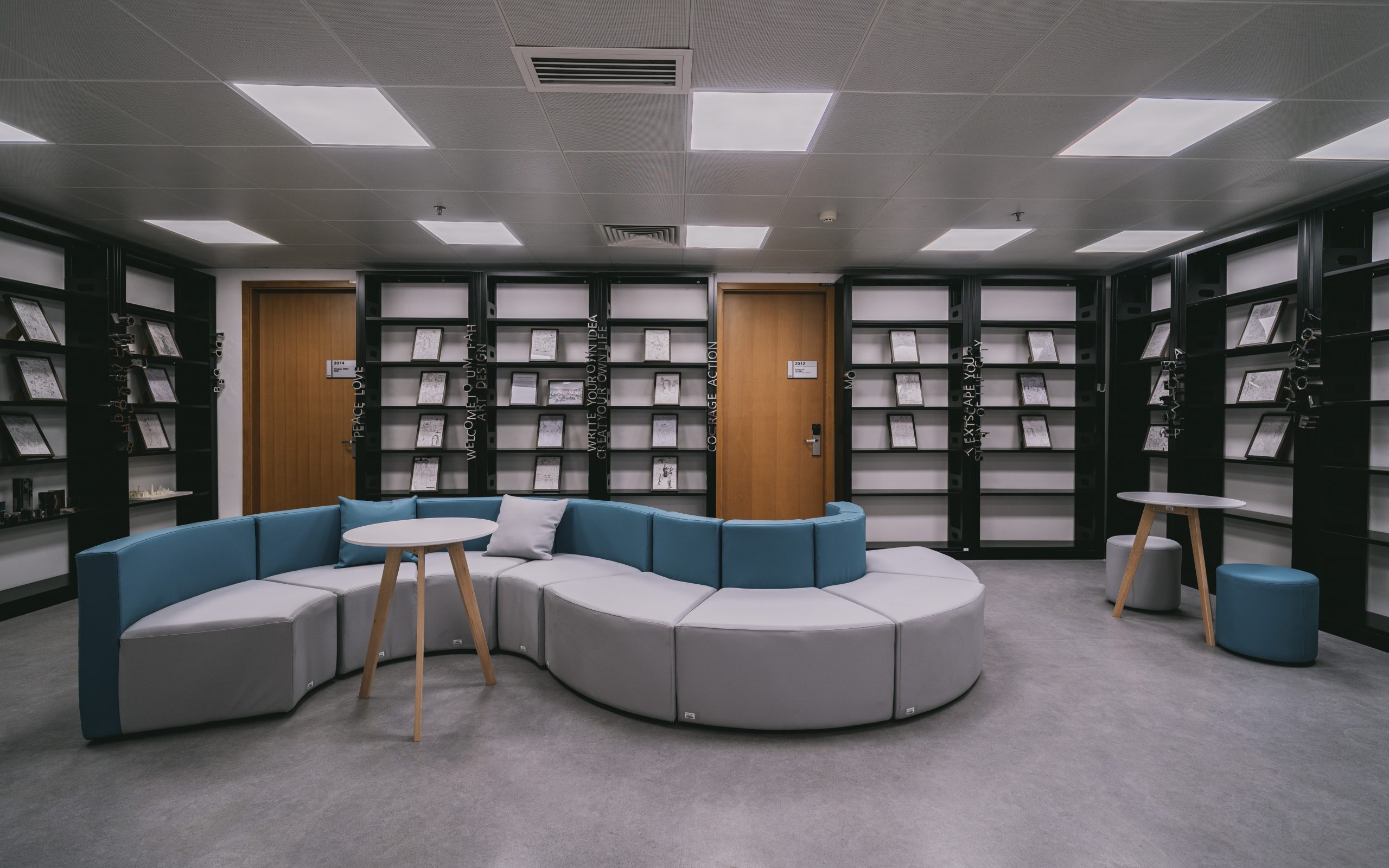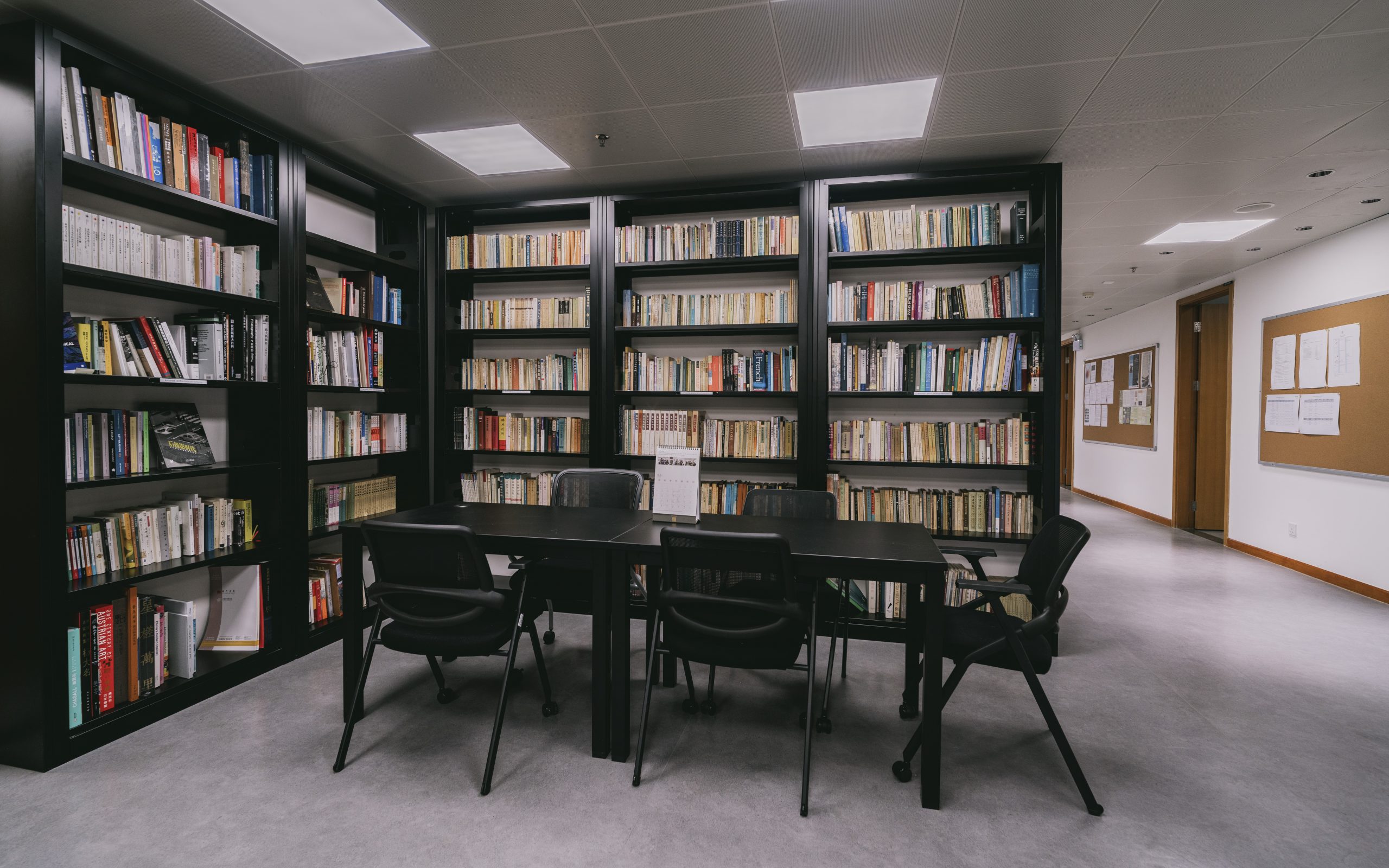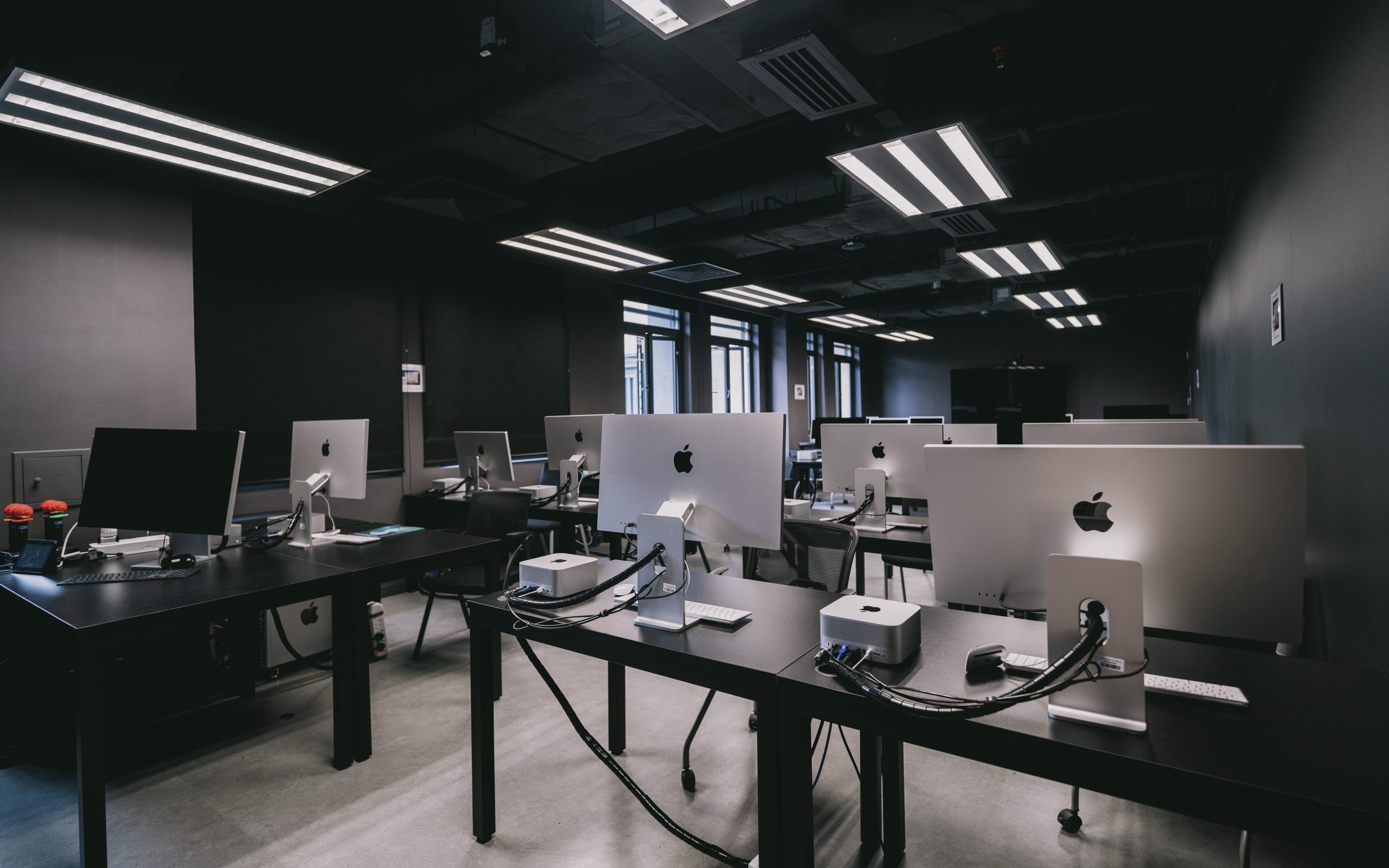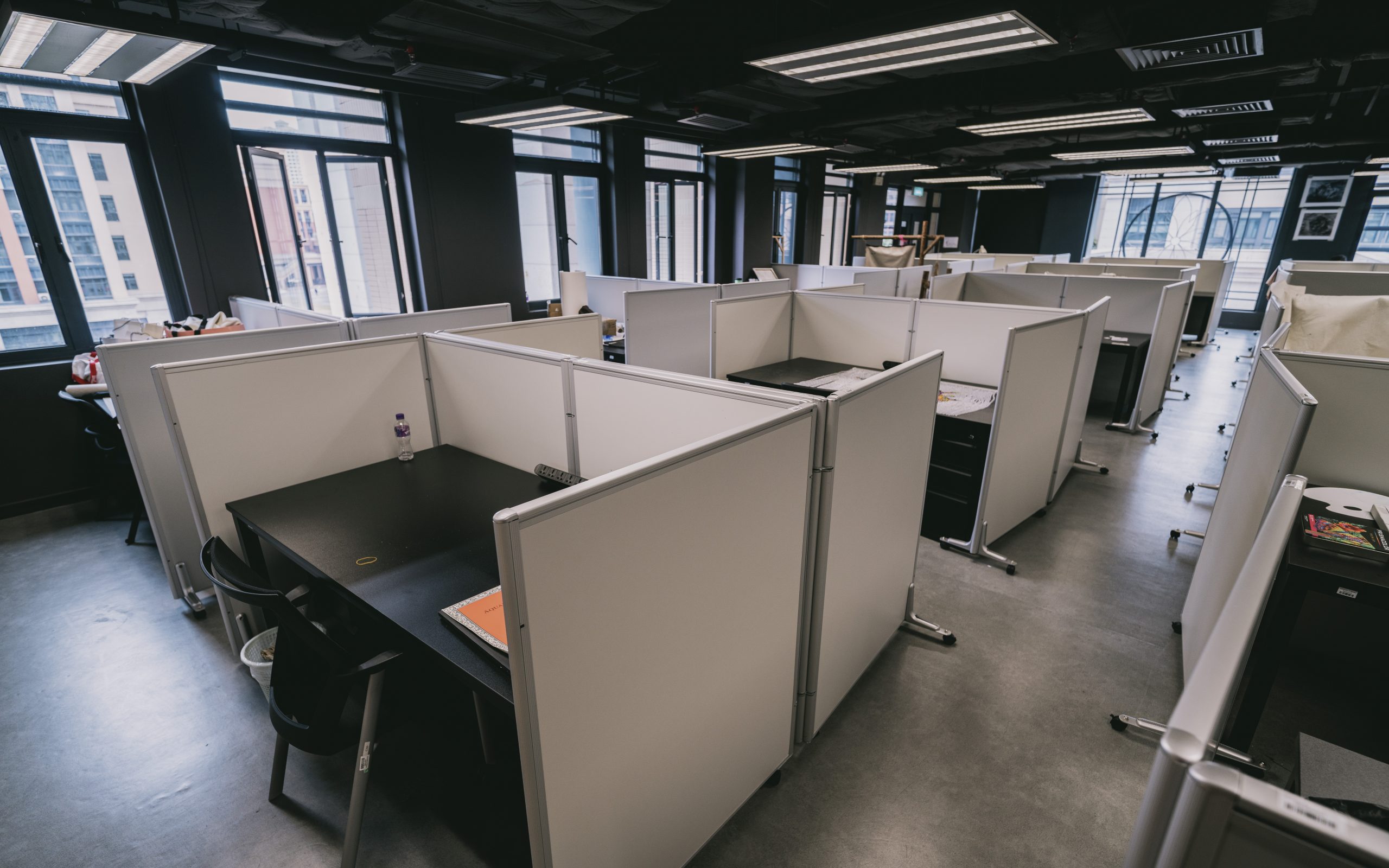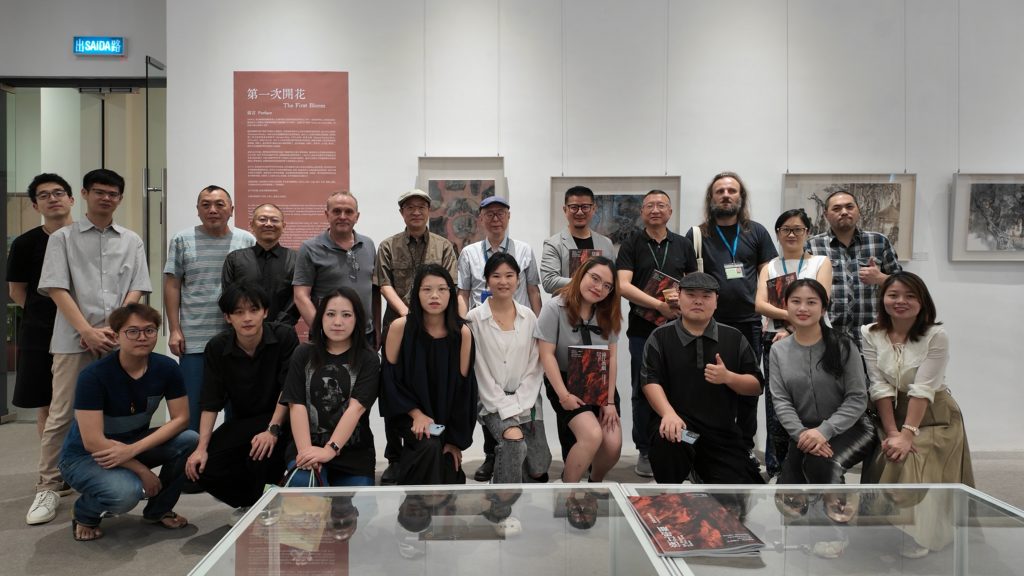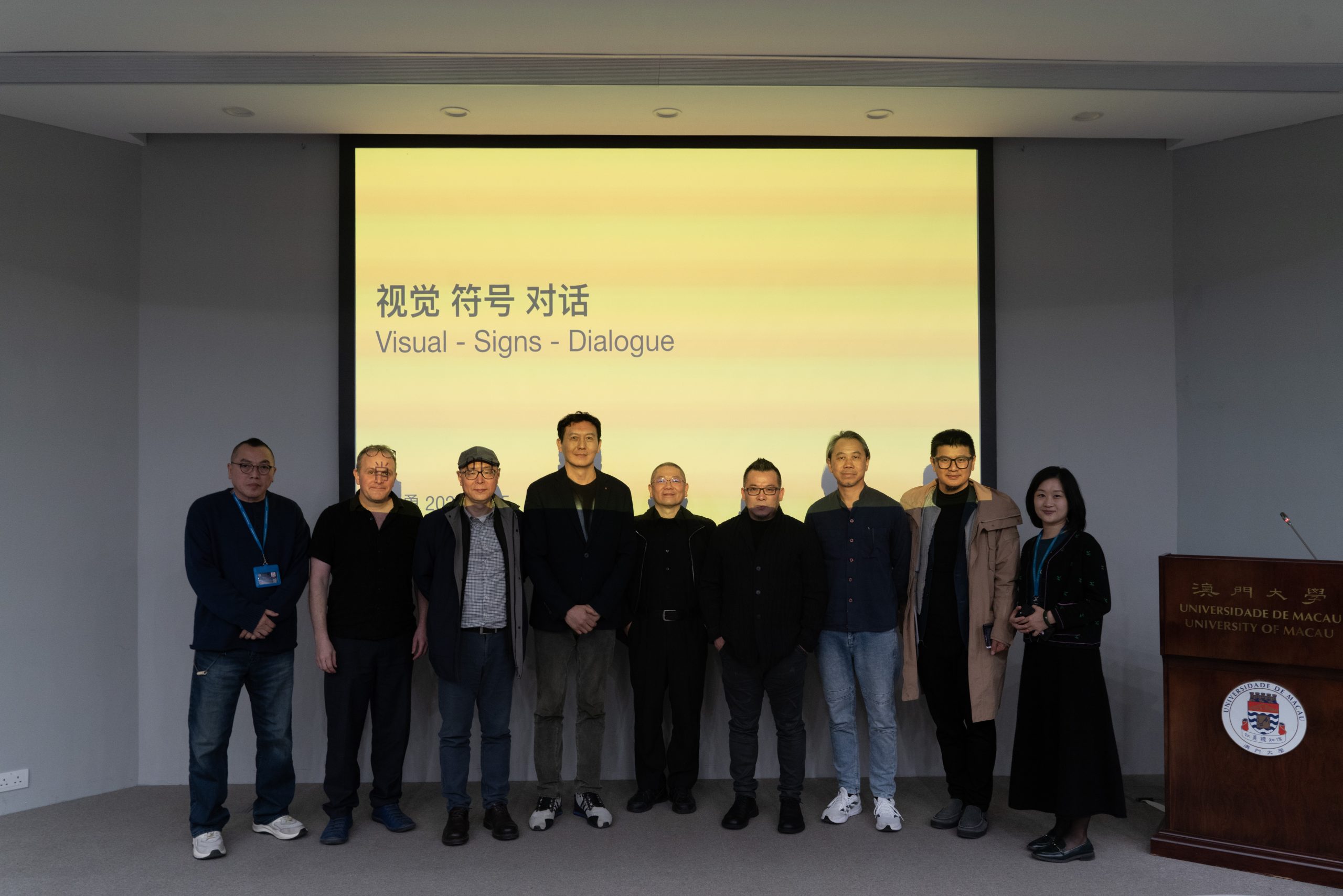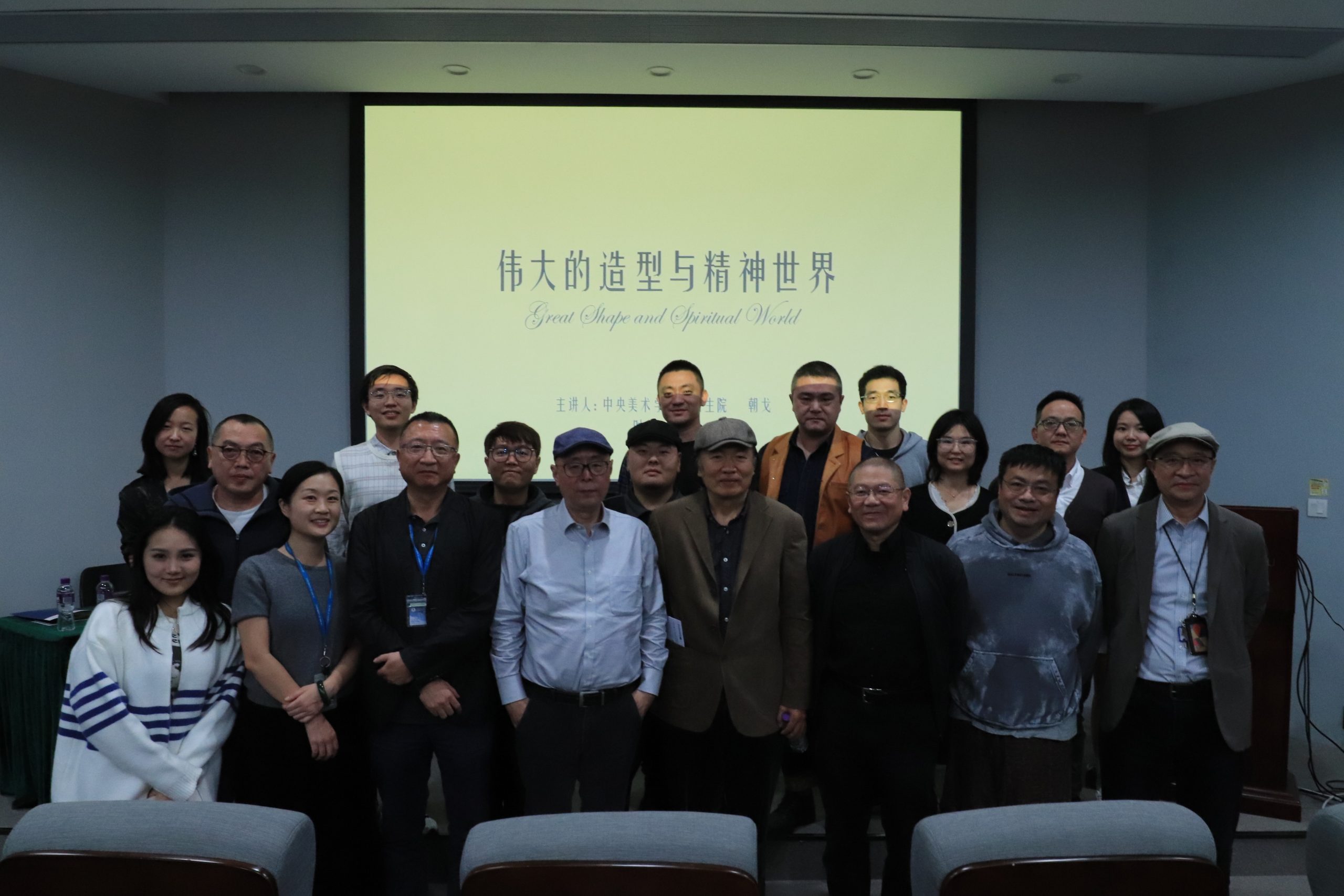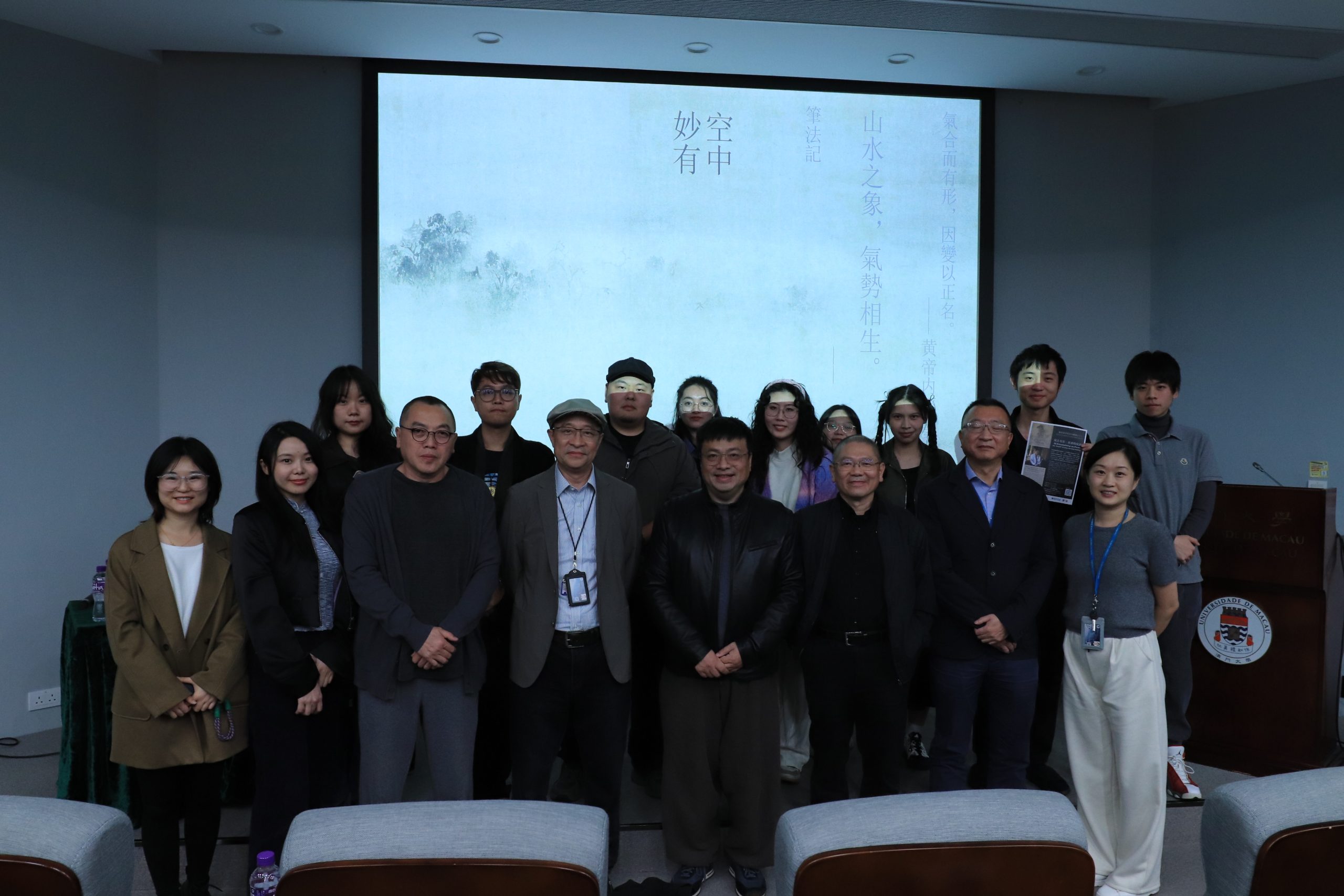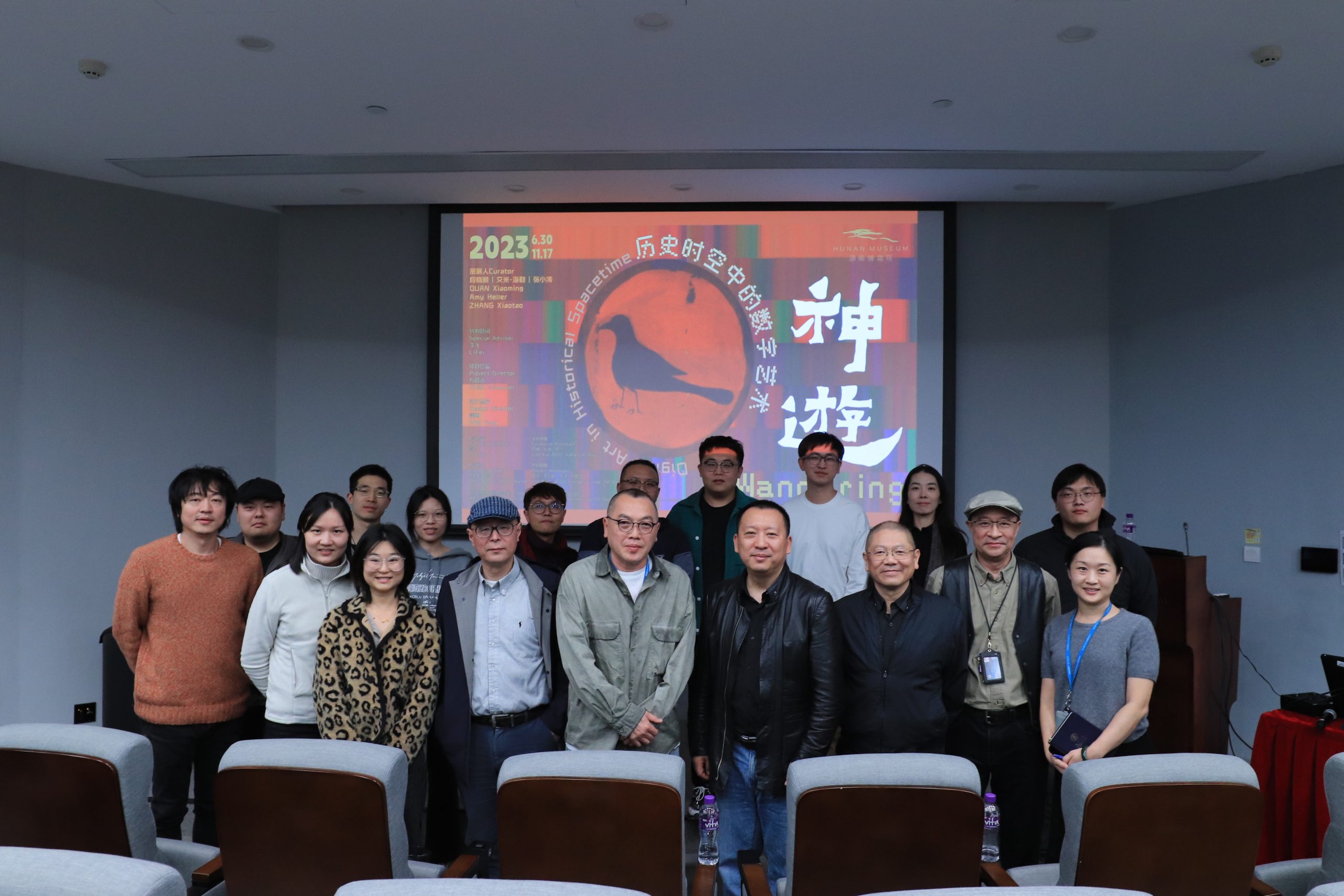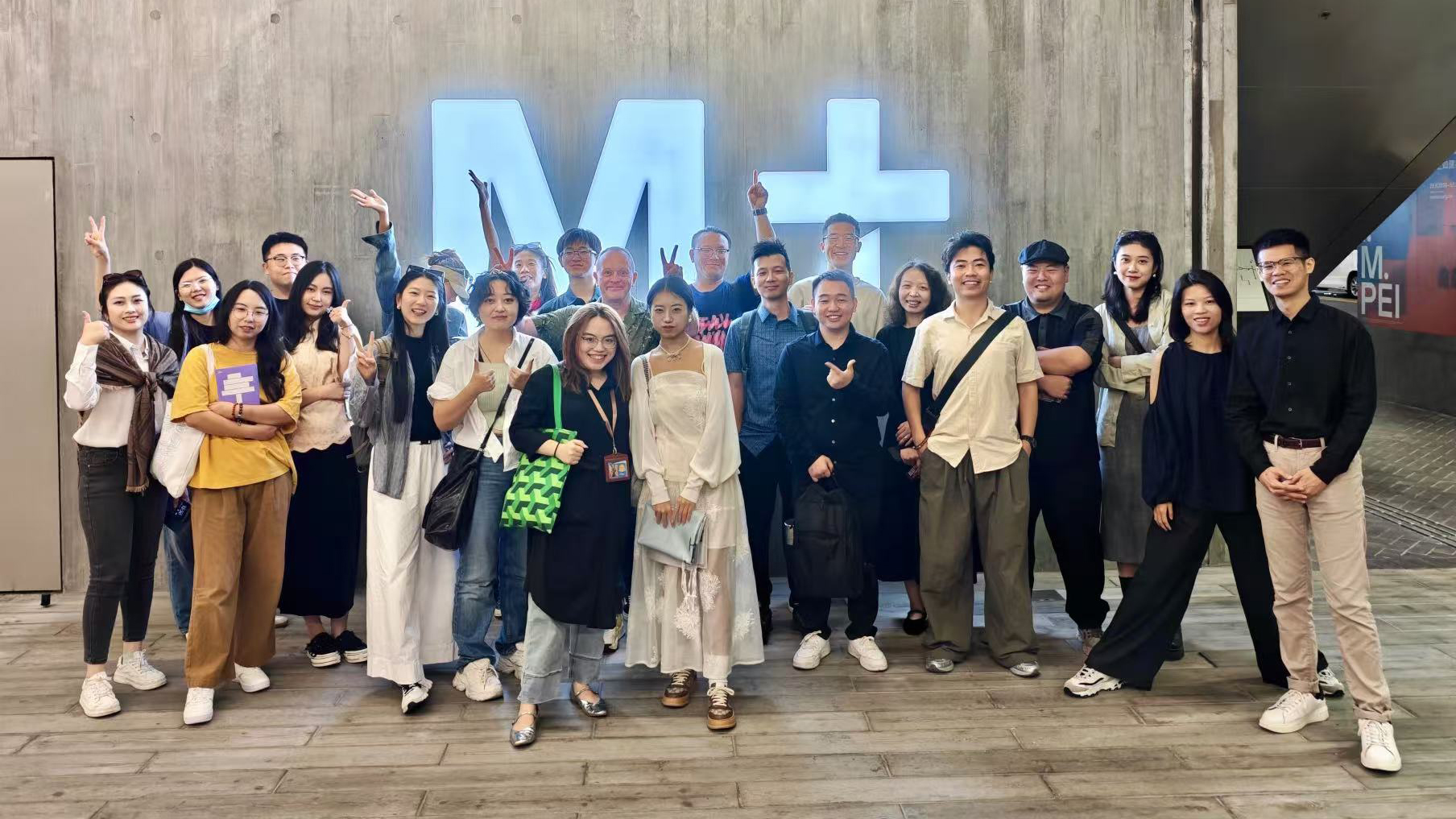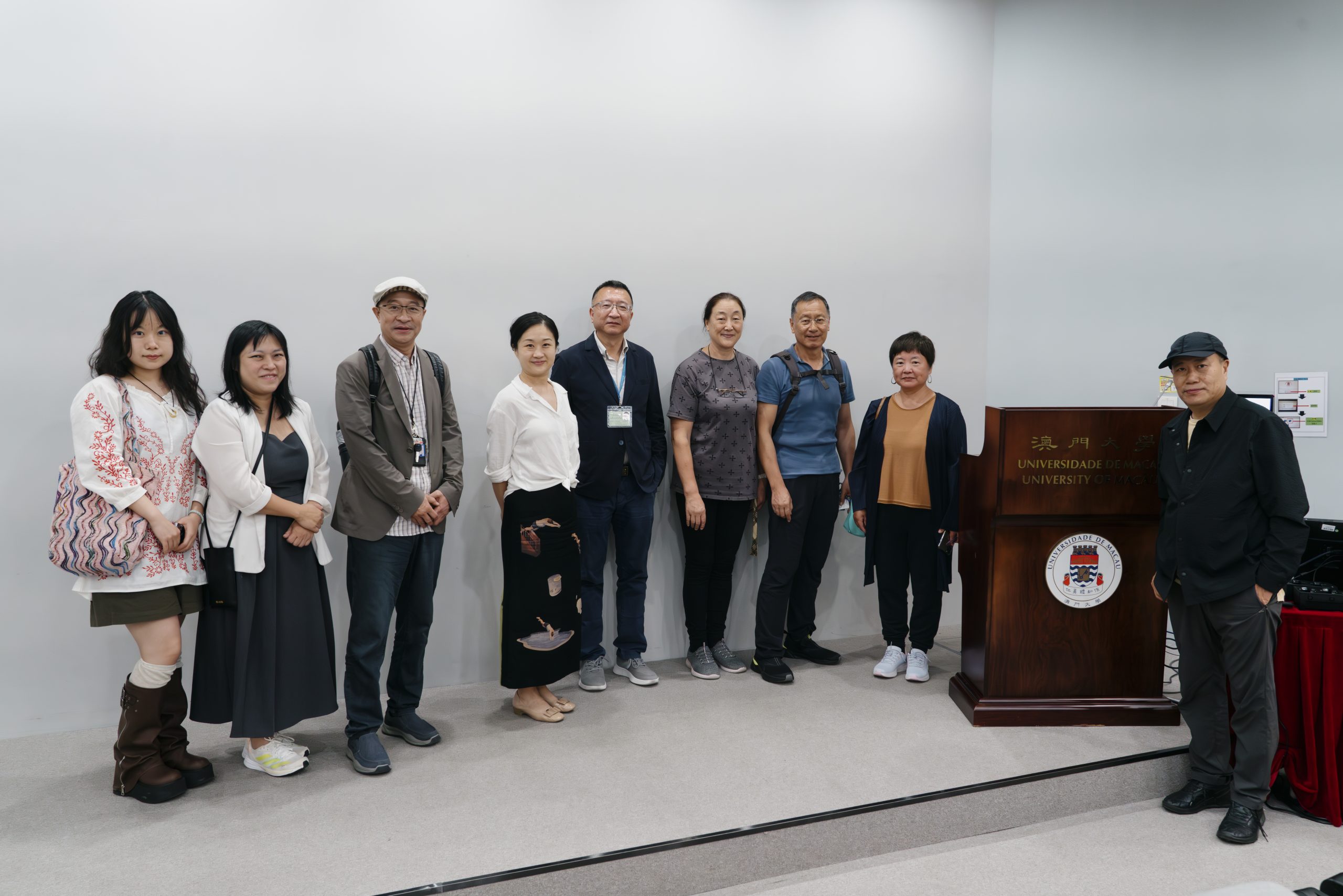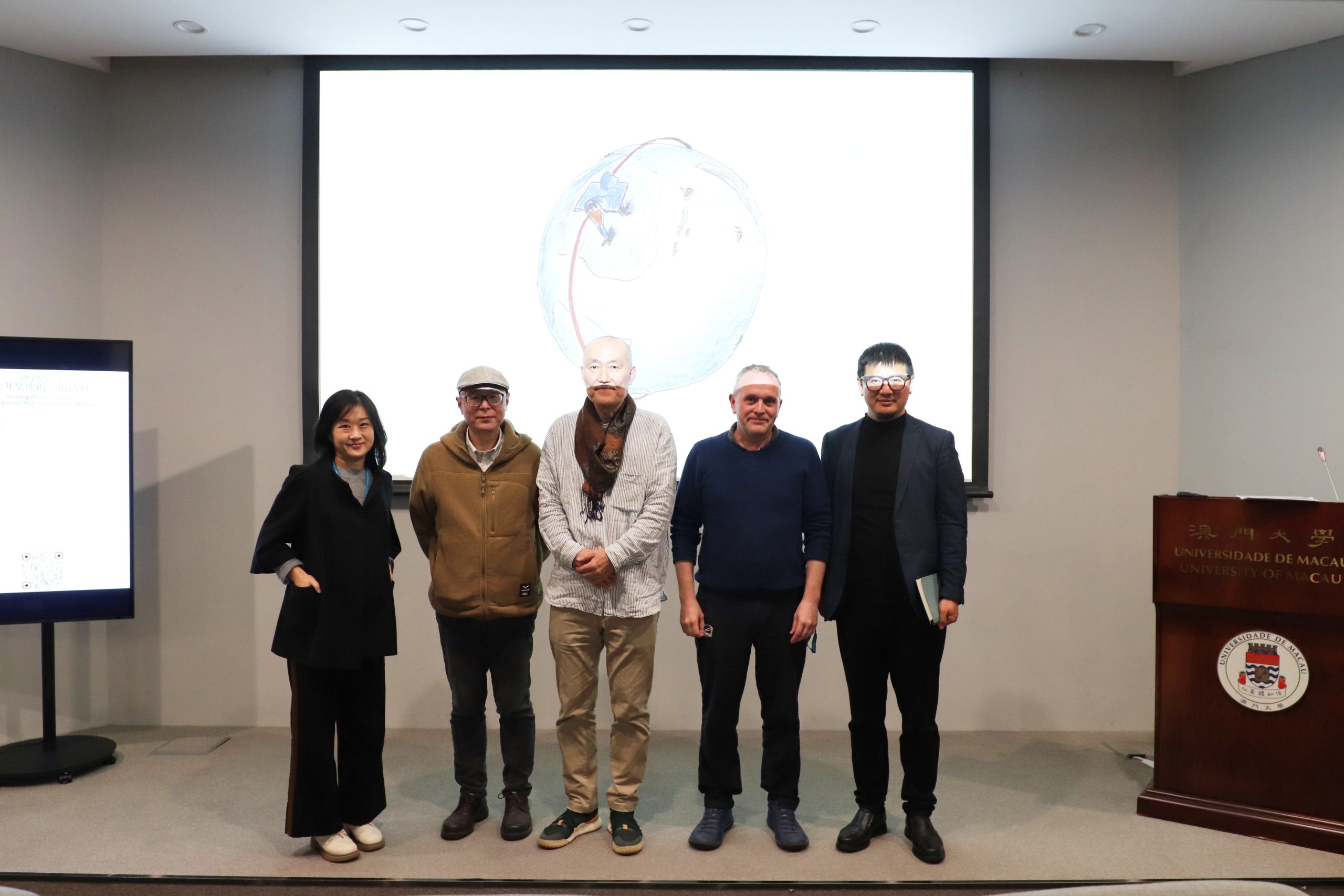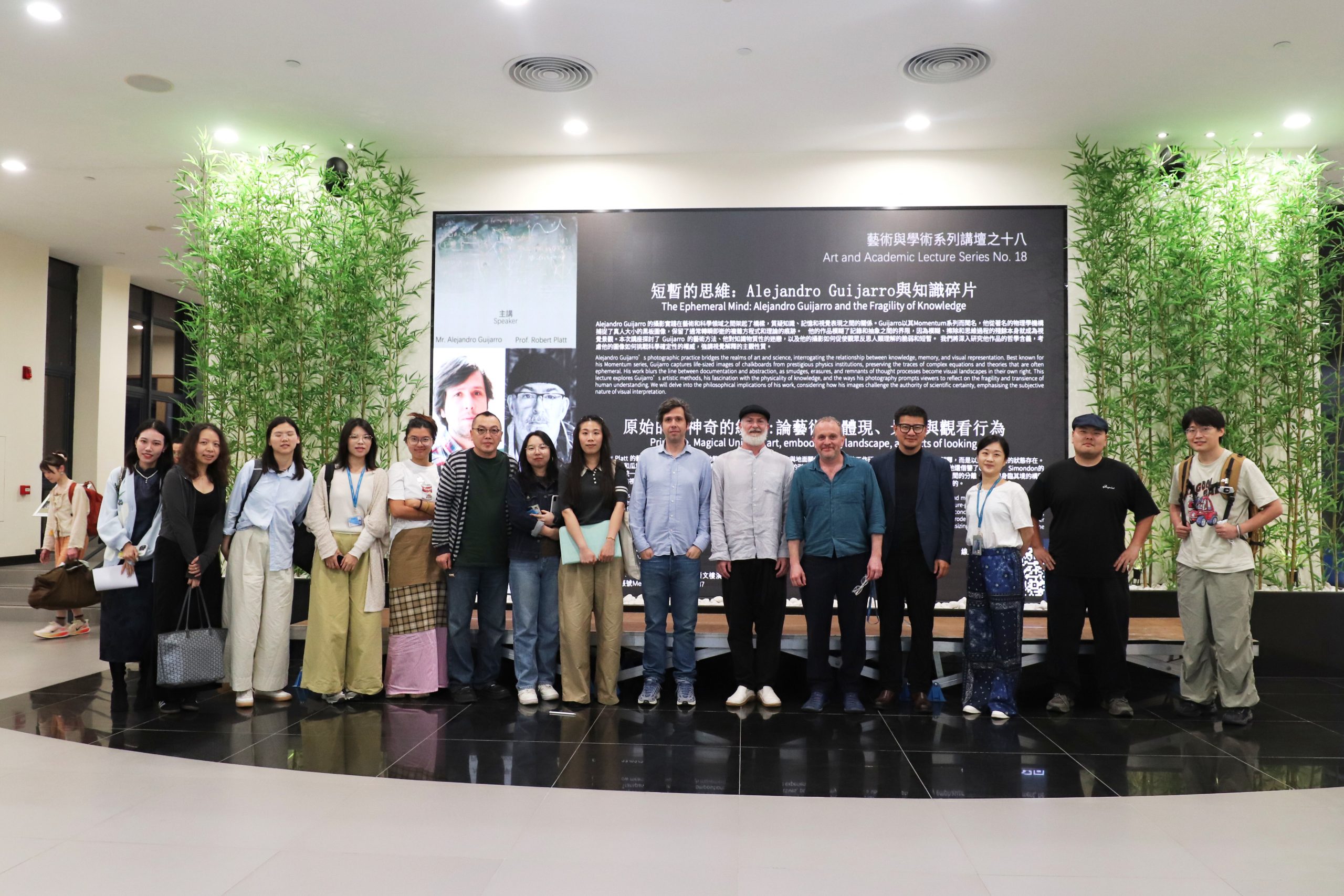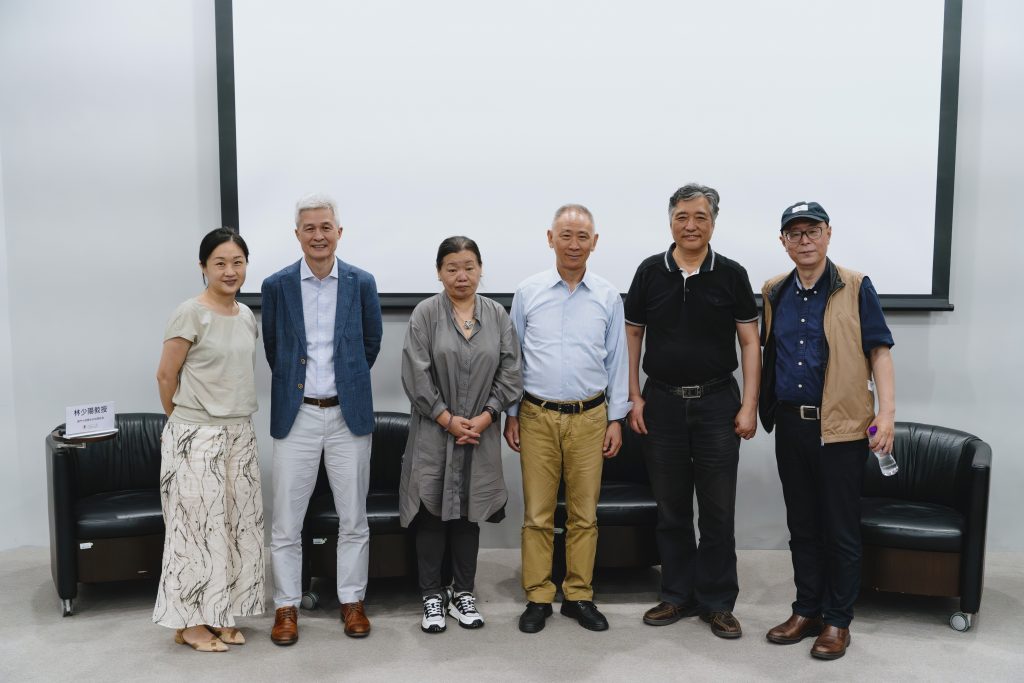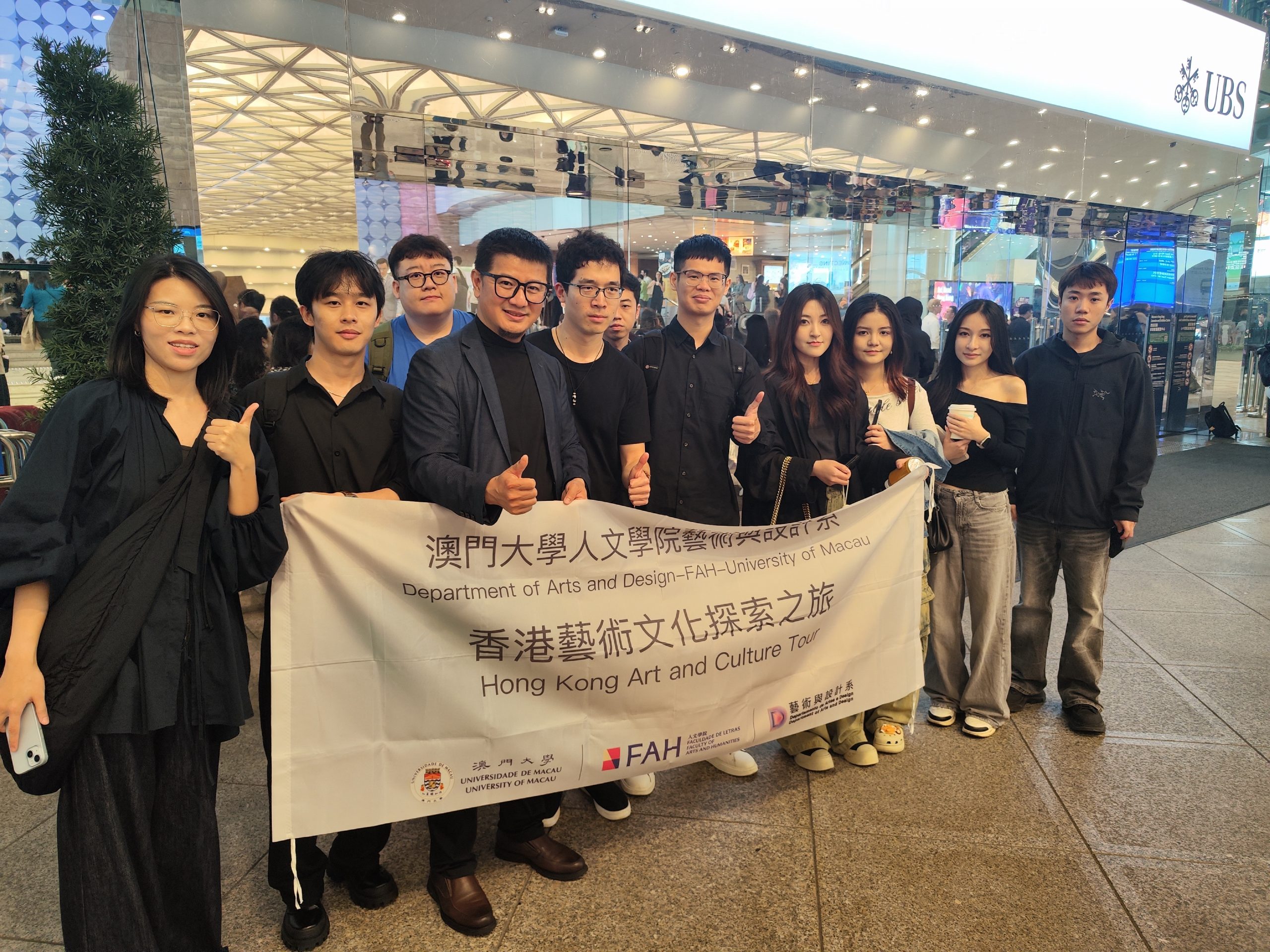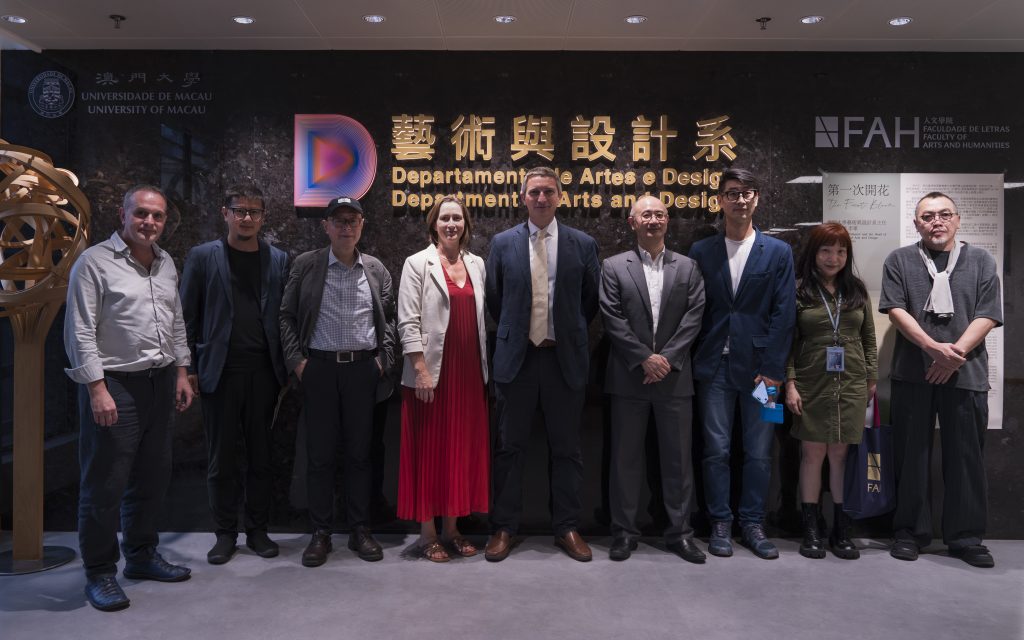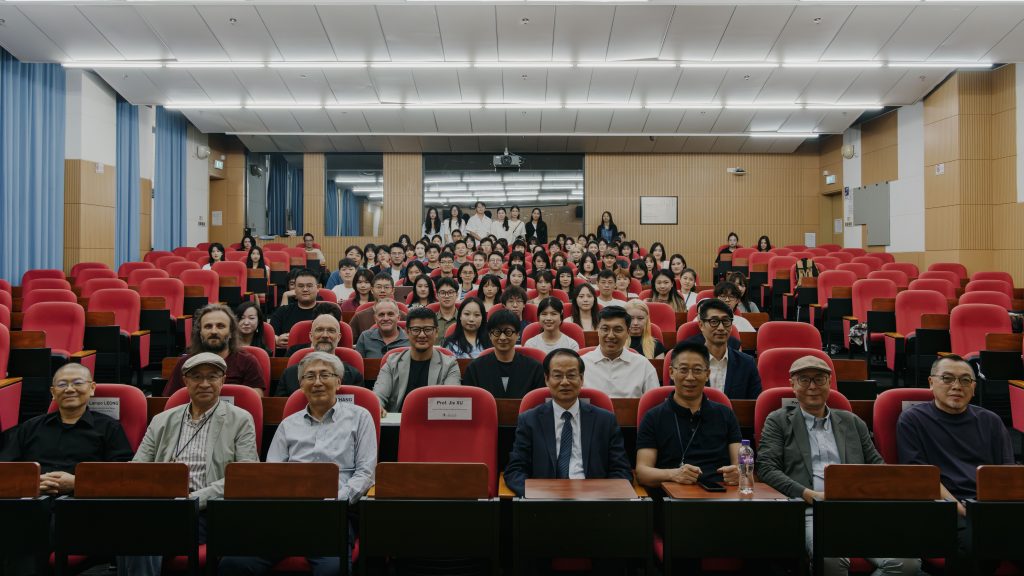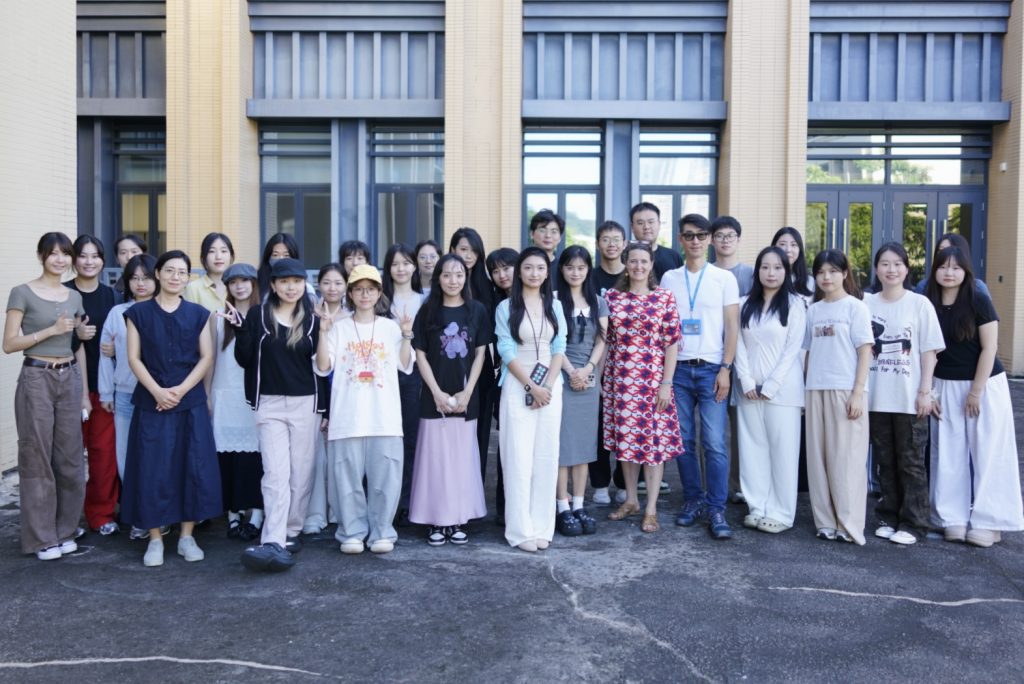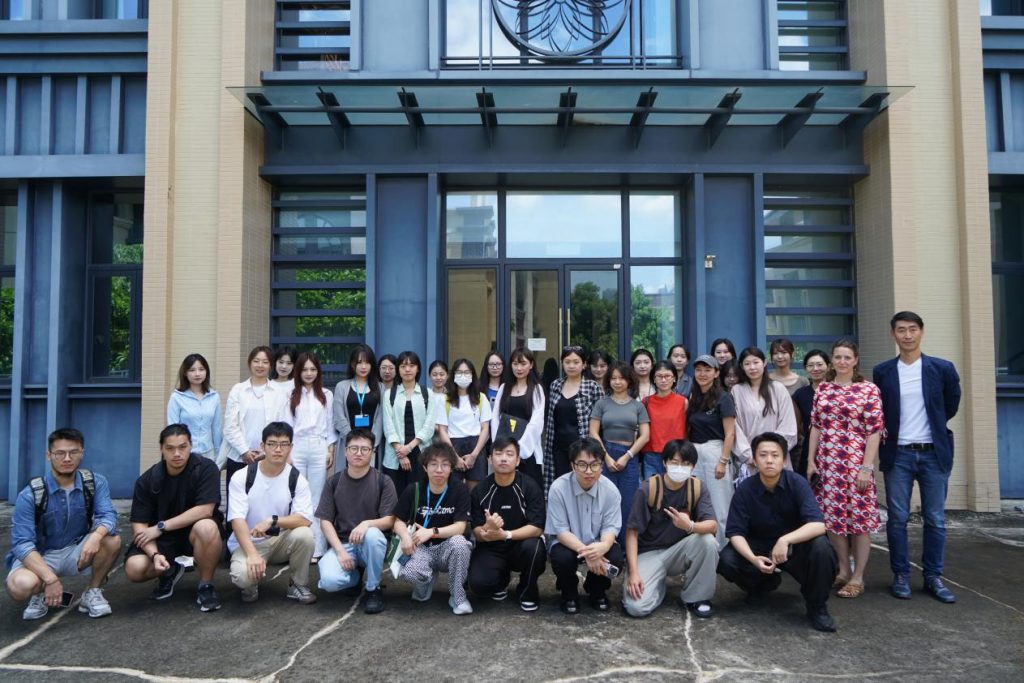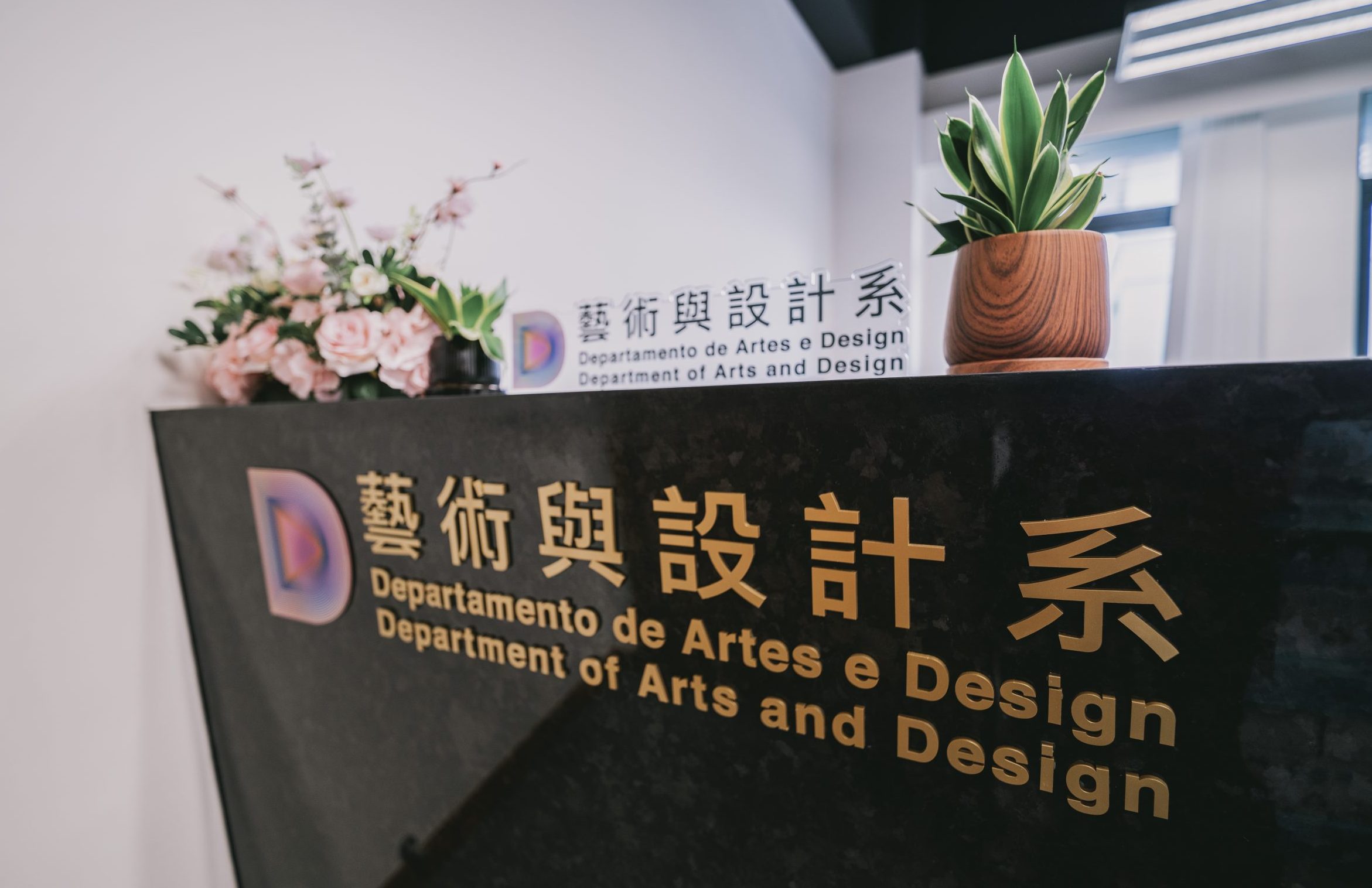
Introduction
The newly established Department of Arts and Design (DAD) of Faculty of Arts and Humanities at the University of Macau, consists of a team of prestigious art historians and practicing artists, and hence emphasizes on both artistic research and artistic creation. In line with Macao’s historical and cultural status in the world, the mission of DAD is to help students enter the frontier of humanities and scientific research, engage in active artistic and academic pursuits that cut across the boundaries between the traditional and the contemporary, between China and the world, and fully serve the society.
News
Events
Key Words for DAD’s Philosophy
偉大 Greatness
創造 Creation
前沿 Cutting-edge
創新 Innovation
正典 Classic
古今融合 From Ancient to Contemporary
中西合璧 From China to the West
生命意義 Meaning of life
人類關懷 Humanistic Consent


